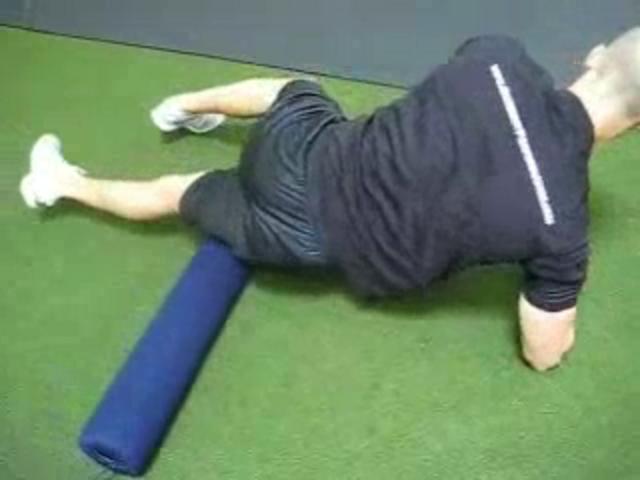
Coaching Cues to Make Your Strength and Conditioning Programs More Effective – Installment 14
I haven’t posted an update to this popular coaching cues series since December, so I figured this article was long overdue. Here are a few coaching cues we use regularly with our clients at Cressey Sports Performance:
1. “Keep your hips in the hallway.”
Birddogs are a fantastic exercise for building core stability and educating individuals on how to differentiate between hip and lumbar spine (lower back) movement. Usually, though, folks just discuss differentiating these motions in the sagittal plane, so the focus is on hip flexion/extension vs. lumbar flexion/extension. In the process, a lot of folks overlook what is going on in the frontal and transverse plane. A lot of side-to-side movement is a good sign that the athlete doesn’t have sufficient rotary stability (control of the center of mass within a smaller base of support).
A cue I’ve found to work great is to put my hands about 1″ outside the hips on both sides, and to cue the athlete, “Keep your hips in the hallway.” If the outside of the hips contact my hand, it’s a sign that they’ve lost control of the frontal and transverse plane.
2. “Scaps to the sky.”
We coach our wall slides with upward rotation and lift off a bit differently for just about everyone that comes through our doors. Really, it comes down to appreciating what their starting scapular positioning is. If someone is really anteriorly tilted, we’ll guide the scapula into posterior tilt. If they have more of a “scaps back” (adducted) military posture, we’ll help the shoulder blades to get out and around the rib cage. If someone starts in a more depressed (low shoulder) position as in the video below, we might cue them to incorporate a shrug to facilitate better upward rotation.
When you teach the drill, though, you want to make sure that the motion is coming from not just movement of the humerus (upper arm) on the scapula (glenohumeral movement), but moreso from movement of the scapula on the rib cage (scapulothoracic). I love the “scaps to the sky” cue for this reason. Usually, I’ll manually help the shoulder blades up a bit, too.
3. “One inch per second.”
I blatantly stole this one from Shane Rye, one of my business partners at Cressey Sports Performance – Florida. When athletes foam roll, they always seem to have a tendency to race through each “pass.” It’s far better to slow down, recognize areas that need more attention, and gradually work your way along. The “one inch per second” cue always seems to get athletes to pace themselves better.



